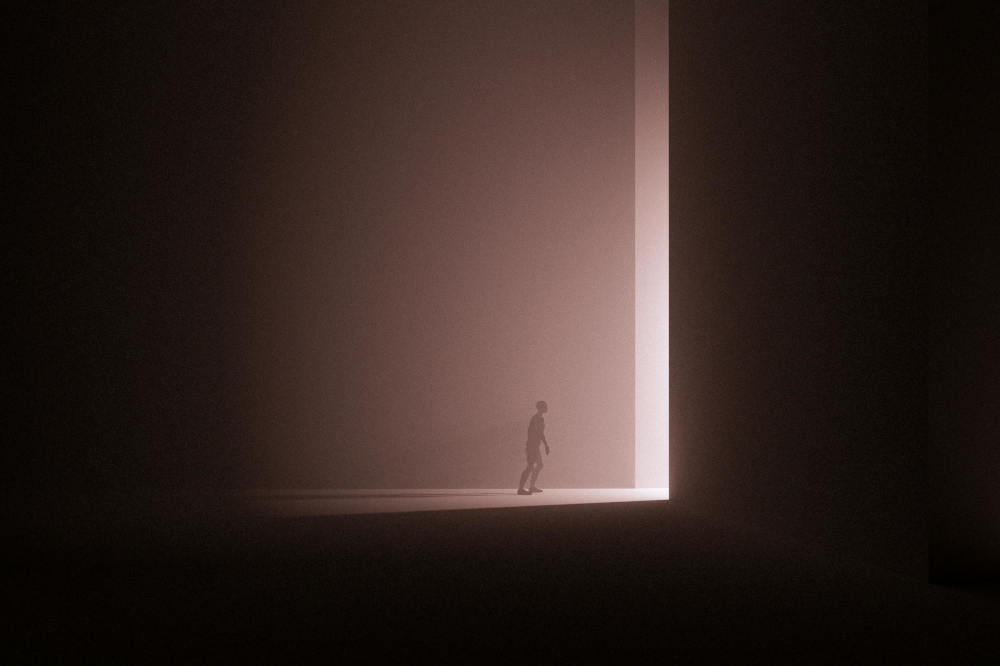
For centuries, humans have looked to the stars and asked some of the biggest questions imaginable: Where did we come from? Are we alone? What lies beyond what we can see? As science evolves, so does our understanding of reality. Today, many physicists and cosmologists believe that our universe may be just one of many—a part of a multiverse. But that only leads to another mind-bending question: What lies beyond the multiverse in real life?
Is there anything more? Or is the multiverse the final frontier?
This article explores what may lie beyond the multiverse, based on scientific theories, philosophical speculation, and emerging ideas in consciousness studies. While much of this remains theoretical, it offers a powerful lens into the nature of existence—and our place within it.
Panaprium is independent and reader supported. If you buy something through our link, we may earn a commission. If you can, please support us on a monthly basis. It takes less than a minute to set up, and you will be making a big impact every single month. Thank you!
What Is the Multiverse?
First, let’s define what we mean by the multiverse.
The multiverse refers to the idea that there is more than just our own universe. Instead of a single cosmos, reality may include a vast—possibly infinite—collection of parallel universes. Each universe could have different physical laws, constants, dimensions, or histories. This idea has roots in several scientific theories:
1. Quantum Mechanics
According to the Many-Worlds Interpretation, every quantum event results in a branching of realities. Every time a choice is made, the universe splits, creating parallel worlds where all possible outcomes exist.
2. Cosmic Inflation
The eternal inflation theory suggests that during the Big Bang, different regions of space stopped inflating at different times, forming "bubble universes"—each with its own unique properties. Our universe may be just one bubble in a cosmic foam.
3. String Theory & Extra Dimensions
String theory proposes that our universe is a 3D membrane (or "brane") floating in a higher-dimensional space. Other branes could exist parallel to ours, invisible but real—each a separate universe with its own laws.
These theories offer strong foundations for the idea of a multiverse. But if multiple universes exist, what’s outside or beyond them?
Is There Anything Beyond the Multiverse?
While the multiverse is already a massive leap beyond classical cosmology, some thinkers propose even larger structures of reality. Let’s explore what may lie beyond, based on current scientific thinking and philosophical reasoning.
1. The Omniverse: A Hypothetical “All-Reality”
One popular concept in speculative cosmology is the omniverse. If the multiverse is a collection of many universes, the omniverse is the collection of all multiverses. It includes every possible universe, every dimension, and every reality that could ever exist—even those beyond the reach of our current physics.
In this hierarchy, it might look like this:
-
Universe – Our observable cosmos.
-
Multiverse – Many universes, potentially infinite in number.
-
Omniverse – The totality of all universes, multiverses, timelines, and realities.
If the multiverse is like a galaxy, the omniverse is the entire cosmos—a grand container of all realities. The omniverse could include realities governed by completely alien forms of physics, consciousness-based realities, or even simulated worlds.
While purely hypothetical, the omniverse concept helps philosophers and physicists frame the limits of existence and imagine what might lie beyond.
2. The Simulation Hypothesis
Another theory gaining traction in both scientific and tech circles is the Simulation Hypothesis. Proposed by philosopher Nick Bostrom, it suggests that advanced civilizations may have created simulated realities, and that we might be living inside one of them.
If true, this implies:
-
The multiverse (including our universe) could be part of a computational system.
-
There may be layers of simulated worlds—simulations within simulations.
-
Beyond the multiverse would be the base reality—the original world in which the simulation is running.
In this view, the “beyond” is not physical space, but a higher-level computational or conscious reality. Think of it like stepping out of a video game into the programmer’s world.
Though unproven, the simulation theory is being seriously considered by thinkers like Elon Musk and theoretical physicists, due to growing parallels between reality and computation.
3. Consciousness as the Underlying Fabric
Some scientists and philosophers argue that consciousness may be more fundamental than matter or space-time. Rather than being a byproduct of physical processes, consciousness could be the ground of all existence—with universes forming as emergent experiences within this awareness.
In this view:
-
The multiverse is a set of conscious experiences happening within a universal mind or field.
-
Beyond the multiverse is pure consciousness—a state without form, duality, or time.
-
Reality is more like a dream than a machine—fluid, subjective, and alive.
This idea aligns with ancient spiritual teachings (such as Advaita Vedanta or Buddhist non-dualism), and modern theories like panpsychism (the idea that consciousness is a property of all matter).
Instead of looking outward into space, this theory suggests we look inward to understand what lies beyond.
4. The Unknown: Limits of Human Perception
Perhaps the most humbling answer is this: we may simply not be equipped to comprehend what lies beyond the multiverse.
Why?
-
Cognitive Limits: Our brains evolved to understand 3D space and linear time—not to grasp 11-dimensional space or infinite timelines.
-
Observational Limits: The edge of our observable universe is limited by the speed of light and the age of the cosmos. We can’t detect realities beyond this horizon.
-
Mathematical Limits: Gödel’s incompleteness theorem suggests that no system can fully explain itself. There will always be truths that are unprovable from within the system.
In this view, what lies beyond the multiverse may be unknowable, at least by human beings in our current form. Like trying to explain color to someone born blind, there may be aspects of reality forever outside our perceptual frame.
Can Science Ever Prove What’s Beyond the Multiverse?
The honest answer: not yet.
There is currently no direct evidence for the multiverse, let alone what lies beyond it. Most theories are based on mathematical models, indirect inferences, or philosophical reasoning.
However, future advances in physics, computing, and consciousness studies could offer new tools:
-
Quantum computing may allow us to simulate complex realities and test multiverse models.
-
Artificial intelligence might help analyze high-dimensional data beyond human capability.
-
Advanced telescopes could one day detect subtle cosmic patterns or “leaks” between universes (such as gravitational waves or temperature anomalies in the cosmic microwave background).
-
Consciousness research could provide new frameworks to explore the inner dimensions of reality, possibly revealing clues to deeper structures of existence.
Science is still evolving. And while the path is uncertain, the pursuit itself expands our understanding.
Final Thoughts: The Mystery Is the Message
So, what lies beyond the multiverse in real life?
It could be:
-
A larger structure like the omniverse.
-
A simulated base reality run by advanced intelligences.
-
A field of pure consciousness beyond form.
-
Or something forever unknowable.
What matters most may not be the final answer—but the journey to find it. Asking questions about what’s beyond the multiverse forces us to challenge our assumptions, stretch our imagination, and embrace the profound mystery of existence.
As physicist Richard Feynman once said, “I would rather have questions that can't be answered than answers that can't be questioned.”
The multiverse may not be the end of the story—just another chapter in a much greater cosmic book. And we, the curious minds of Earth, are beginning to turn the page.
Recommended Reading and Sources:
-
Max Tegmark – Our Mathematical Universe
-
Brian Greene – The Hidden Reality
-
Nick Bostrom – Are You Living in a Computer Simulation?
-
Sean Carroll – Something Deeply Hidden
-
David Chalmers – Work on consciousness and philosophy of mind
-
Ancient teachings: Vedanta, Taoism, and Buddhist cosmology
Was this article helpful to you? Please tell us what you liked or didn't like in the comments below.
About the Author: Alex Assoune
What We're Up Against
Multinational corporations overproducing cheap products in the poorest countries.
Huge factories with sweatshop-like conditions underpaying workers.
Media conglomerates promoting unethical, unsustainable products.
Bad actors encouraging overconsumption through oblivious behavior.
- - - -
Thankfully, we've got our supporters, including you.
Panaprium is funded by readers like you who want to join us in our mission to make the world entirely sustainable.
If you can, please support us on a monthly basis. It takes less than a minute to set up, and you will be making a big impact every single month. Thank you.


































0 comments